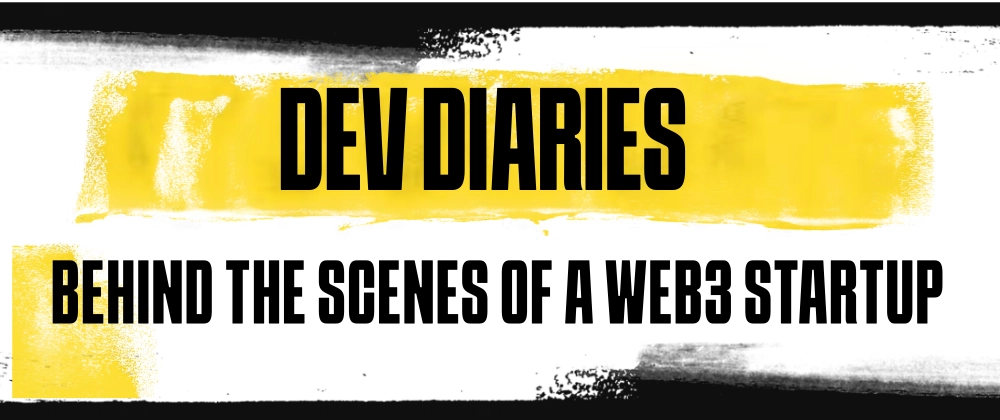Ever wondered what it takes to build a web3 startup from scratch? In the Stellar Dev Diaries series, we follow the journey of a team of developers building on the Stellar Network as they go from hackathon win to getting funded and launching on mainnet.
Check out Episode 1: How a Hackathon Project Became a Web3 Startup
What’s It All About?
In the Stellar Dev Diaries, we take a dive deep into the experiences of the Freelii team as they build and launch their product on the Stellar Network.
As we follow their journey, you'll get the insider's playbook: turning ideas into products, getting funded, transitioning from Web2 to Web3, and scaling a startup in a space that's still being defined. On top of that, each episode will feature real code examples with walkthroughs of the features they used and challenges they encountered.
Episode 1
In Episode 1, we meet José Toscano and Joseph Anthony, the brains behind Freelii, a startup that started as a hackathon win right here on Dev.to and went on to win again at Stellar’s Hack Meridian in London.
Realizing that they had a winning partnership and a great product idea, José and Joseph secured funding, quit their 9-to-5 jobs, and went all in on Freelii.
In this episode, we dive into:
- The hackathon wins that sparked the journey.
- The moment José and Joseph decided to go all-in.
- Building a working prototype on Stellar.
- Using the PassKeys feature of Soroban.
- Getting funded via the Stellar Community Fund.
Want to know what it takes to build and launch a product in Web3? Then keep watching as we follow José and Joseph on their journey from idea to mainnet.
If you want to learn more about the PassKeys feature that we discussed in the episode, check out the tutorials here:
If you want to start building on Stellar, check out the developer docs here.





Top comments (7)
Good stuff
Good!!
This is a proud moment for us at DEV @josectoscano, congrats again 🥲 👏 👏 👏
Informative and inspiring read! How can their experience guide others in exploring Web3 development?
It's hard to learn from others mistakes but hopefully there are some takeaways across the series.
This first episode is introductory but ep.2 talks about how they got funded and ep.3 dives into the quest for product market fit and pivoting to find traction which is something most startups go through.
Waiting for episode 2
The first episode lays the groundwork nicely, but things really start to get insightful around funding strategies in episode 2 and the gritty reality of product-market fit in episode 3. There’s a lot to take away, especially for early-stage founders trying to navigate similar challenges. Check this out if you’re looking for real-world startup lessons that go beyond the usual advice.
Some comments may only be visible to logged-in visitors. Sign in to view all comments.